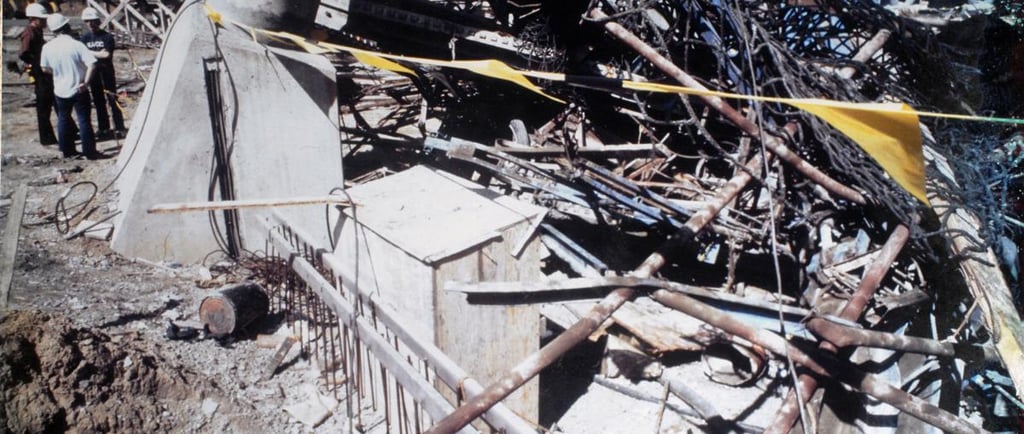Willow Island Disaster, 1978
A look back into the importance of testing concrete prior to removing formwork.
ENVIRONMENTAL DISASTERS


Unveiling the Tragedy: The Willow Island Disaster of 1978
Nestled along the serene banks of the Ohio River, Willow Island, West Virginia, was once a picturesque locale boasting natural beauty. However, in 1978, this tranquil setting bore witness to one of the darkest chapters in the state's history—the Willow Island Disaster. Let's delve into the harrowing events of that fateful day and uncover the lasting impact of this tragedy.
The Prelude to Disaster
In the late 1970s, Willow Island became the site of ambitious industrial projects, including the construction of a massive cooling tower for the Pleasants Power Station. Amidst the rush to meet construction deadlines and capitalize on economic opportunities, safety concerns often took a backseat a decision that would have catastrophic consequences.
The Day Everything Changed
On April 27, 1978, tragedy struck with unfathomable force. A crane, lifting a heavy concrete bucket during the construction of the cooling tower, collapsed sending a scaffolding structure and its 51 workers plummeting over 160 feet to the ground below. In an instant, lives were shattered, families were torn apart, and the community was left reeling in shock and grief.
Unravelling the Causes
In the aftermath of the Willow Island Disaster, investigations revealed a chilling web of negligence and disregard for safety protocols. Reports indicated that inexperienced workers were tasked with operating heavy machinery, while safety regulations were routinely flouted in the pursuit of expedited progress.
Reckoning and Redemption
The Willow Island Disaster sparked legal battles and regulatory reforms aimed at holding accountable those responsible for the loss of innocent lives. While compensation was awarded to the victims and their families, the scars left by the tragedy ran deep, serving as a haunting reminder of the fragility of life and the imperative of upholding stringent safety standards in all industrial endeavours.
Lessons Learned, Legacy Preserved
The Willow Island Disaster stands as a poignant reminder of the profound impact of industrial accidents and the imperative of prioritizing safety above all else. After the incident The Occupational Safety and Health Administration (OSHA) adopted new regulations which ensures concrete is tested before formwork is removed or components connected to it. Now it serves as a beacon of hope for future generations, inspiring a renewed commitment to fostering a culture of vigilance, responsibility, and compassion in all aspects of life.
Conclusion: A Call to Action
As we commemorate the Willow Island Disaster of 1978, let us honour the memory of the victims by reaffirming our commitment to safety, collective action and steadfast resolve to ensure that tragedies like Willow Island remain confined to history, not to be repeated again.






